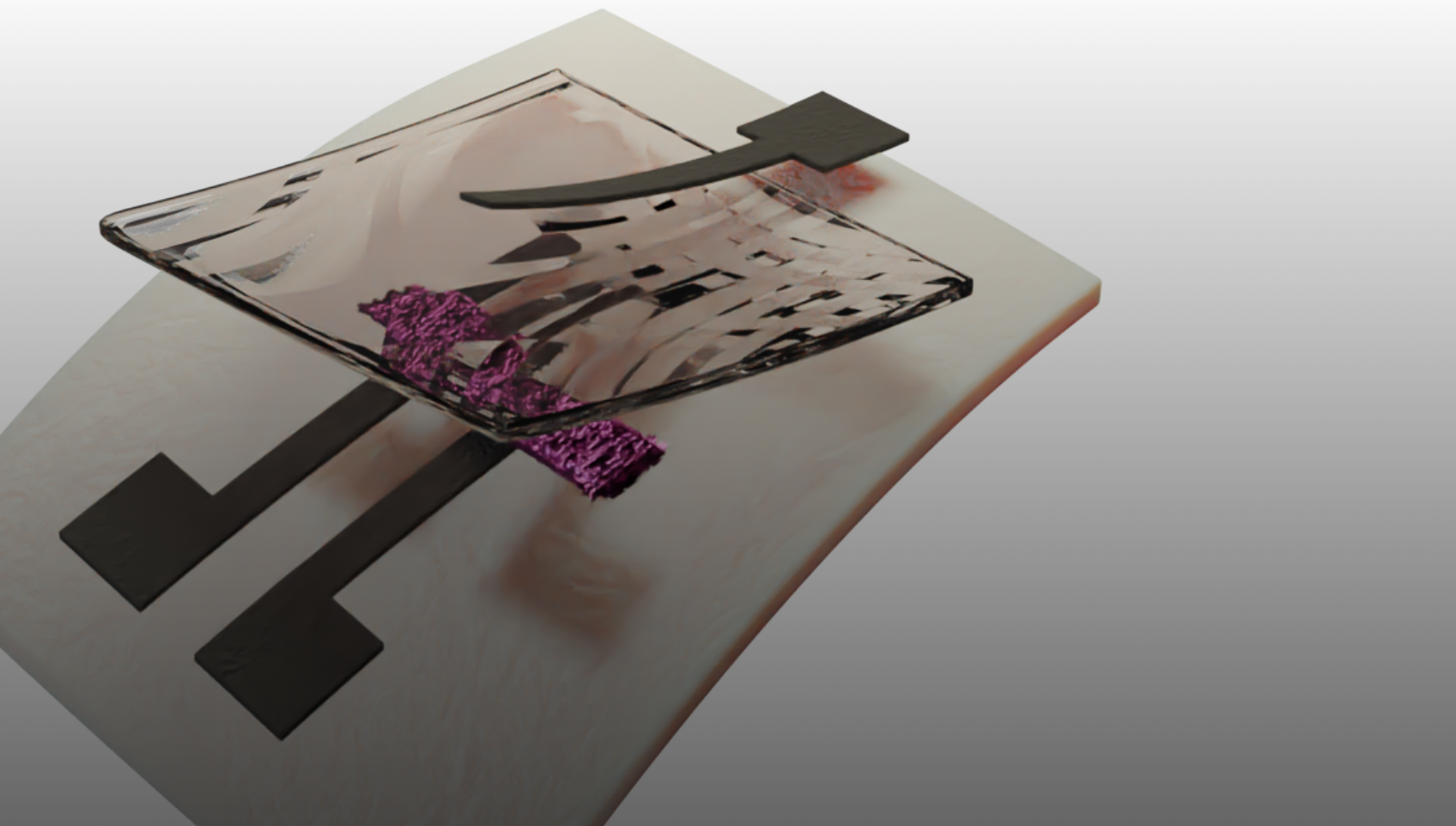Scientists noted that in recent years, materials scientists have been studying the possibility of creating products with
In the case where one material is divided into two ormore materials, they call it the fission process. In a new study, scientists have developed a technique for creating graphene oxide filaments that uses both processes.

Fully recyclable printed electronics are now available
They created several strands of graphene oxide, andthen they were immersed in the solution for 10 minutes. When the strands were taken out of the solution, they joined together to form a single strand. They also developed a means to reverse the process - to do this, you need to submerge the thread in a different solvent.
This method works because the oxide filamentsgraphene swell when placed in solution. This forces the elements that make up the outer layer of each fiber to adhere more tightly to each other, resulting in a new density material. When the bundle of filaments is removed from the solution, surface tension pulls the filaments together into a cylindrical shape. The created cord dries up allowing the fibers to bond. Then, if you put the cord in a second solution, the threads relax, breaking the bonds and returning them to their original shape. Scientists believe that this process can be useful in the production of complex structures.
Read on:
- Look at the photo of a Chinese rocket falling to Earth
- Scientists have conducted the largest genetic study of super-longevity
- The intensity of the new powerful laser is comparable to the light of the Sun falling on the Earth